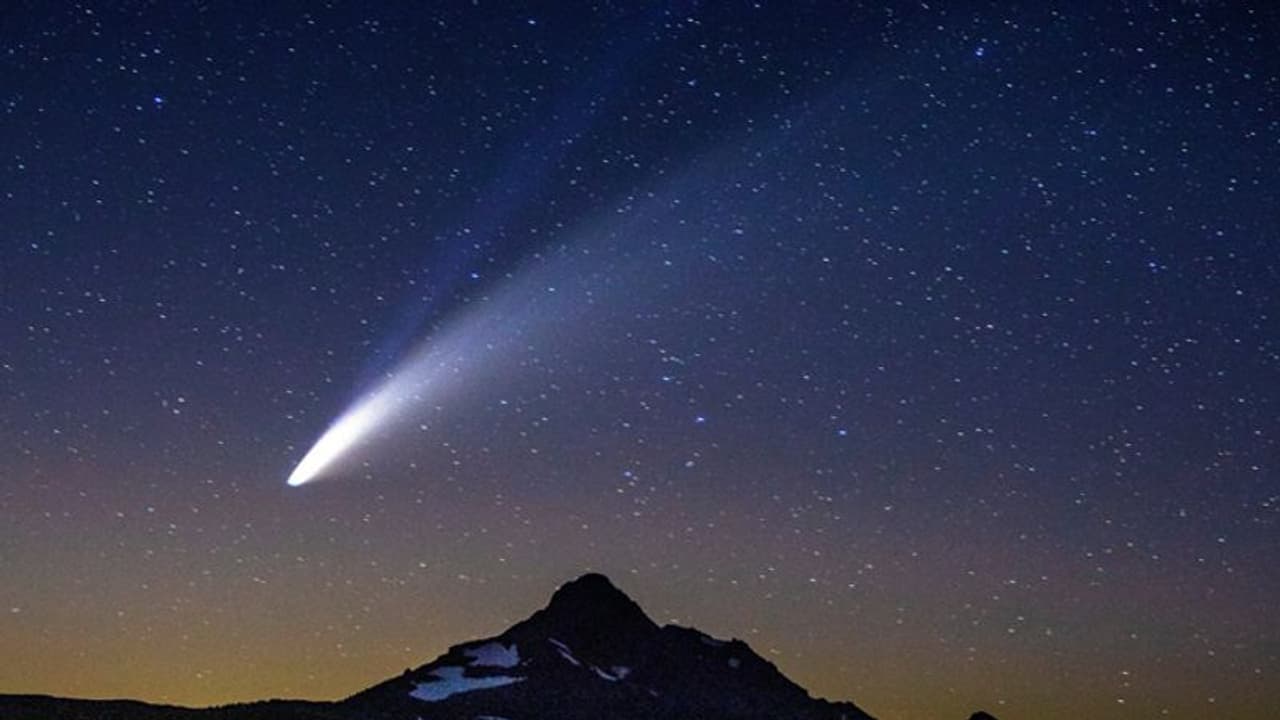According to scientists, the airburst may have destroyed forests and Native American villages, leading to the decline of Hopewell culture.
A near-Earth comet that caused a devastating airburst over North America 1,500 years ago could have accelerated the decline of the Hopewell culture, an ancient pre-Columbian Native American civilisation. Scientists from the University of Cincinnati in the United States discovered a cosmic airburst at 11 archaeological sites in three states stretching across the Ohio River Valley, regions home to the Ohio Hopewell, a notable Native American culture found throughout much of the American East.

When a comet passed Earth over 1,500 years ago, it rained debris into the Earth's atmosphere, causing a fiery explosion that affected an area larger than New Jersey and set fire to nearly 24,000 square kilometres (9,200 square miles) between the years' AD 252 and 383, according to the study, which was published in the journal Scientific Reports on Tuesday. According to scientists, the airburst may have destroyed forests and Native American villages, leading to the decline of Hopewell culture.
"While Hopewell people survived the catastrophic event, it is likely that it contributed to their cultural decline," the researchers wrote in their study. According to the researchers, the new archaeological evidence coincides with a period when 69 near-Earth comets were observed and documented by Chinese astronomers and witnessed by Native Americans as told in their oral histories. The scientists discovered a high concentration and diversity of meteorites at Hopewell sites when compared to other time periods in the new study. The meteorite fragments were identified by their characteristic concentrations of iridium and platinum – elements commonly found in high concentrations in cosmic rocks.
The researchers also discovered a charcoal layer in the archaeological sites, indicating that the area had been subjected to fire and extreme heat. When a comet fragment enters the high-pressure air of the Earth's thermosphere, it explodes, causing a destructive high-energy shockwave across a huge region. These historical and cultural evidences, coupled with the latest discovery of high levels of platinum, iridium, iron and silicon traces in the archaeological sites, suggests one of the regions may have been at or near the epicentre of a meteorite airburst. Based on the investigation of cultural works of this period, experts concluded inhabitants of the Hopewell civilization may have experienced such a terrible airburst.
Also Read | China constructs 'artificial moon' which simulates low-gravity conditions on Earth
Also Read | China announces its space station will be ready this year, plans 40-plus launches in 2022
